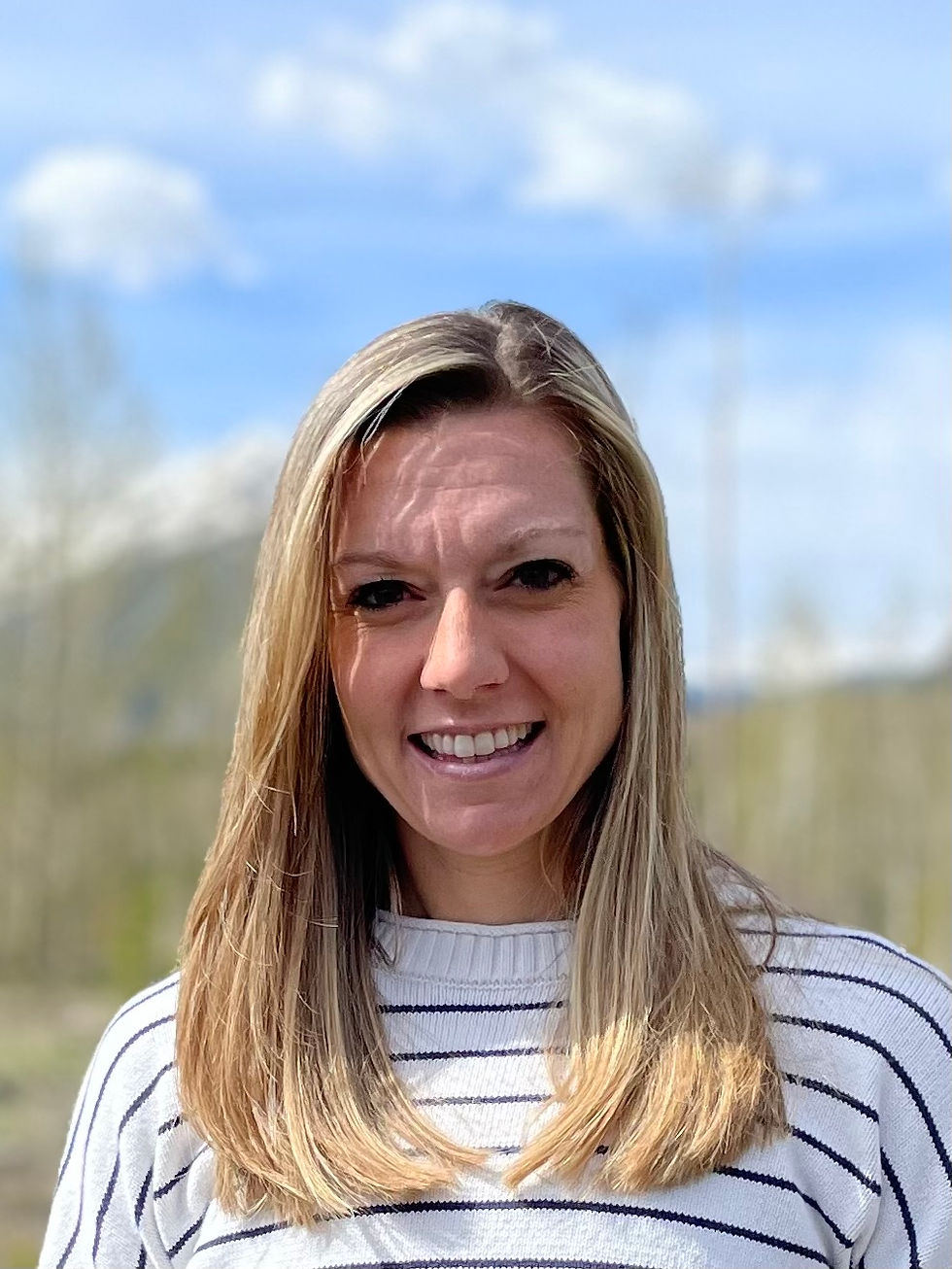Osteoporosis - A Preventable But Often Hidden Disease
- tegreenhalgh
- Aug 3, 2021
- 3 min read
Updated: Aug 4, 2021

How often do you really think about your bones? We tend to take for granted the fact that our skeletal system holds us up and provides essential structure to our muscles and ligaments as we move through our day. Yet, according to the National Health Institute, osteoporosis affects nearly 1 in 4 American adults.
What is osteoporosis?
Osteoporosis is a disease characterized by weak, brittle bones. When bones reach this point, they become thin and the risk of fracture increases. This condition can be the result of a vitamin D deficiency.
When an osteoporotic bone is subjected to a force that wouldn’t normally cause a break, fractures occur. Every day activities like bending over, coughing, sneezing, or reaching for a lightweight object can create such force in weakened bones.
The primary way to test bone mineral density (BMD) is with a Dexa-Scan (dual-energy X-ray absorptiometry or DXA.)
Risk Factors
Aging, race (Whites and Asians are at higher risk), genetics (family history of either parents having osteoporosis), or eating a diet low in vitamins and minerals and high in refined sugars. Women are at greater risk, but men can also have it, as estrogen and testosterone levels decrease with age.
Medications can also increase the risk of osteoporosis. Steroids, diabetic drugs (selective serotonin reuptake inhibitors), cancer and seizure drugs can contribute to osteoporosis.
Prevention
Osteoporosis is a debilitating disease, but there are ways to prevent it from occurring!
Diet
Drink plenty of water daily to hydrate your body and bones, eat a healthy diet with plenty of protein, vegetables and fruit, with optimal vitamin and mineral content, and free of refined sugars, salts, oils and grains.
Increasing sun exposure
More sun exposure is one way to increase absorption of vitamin D, since it’s absorbed into the bloodstream and transported to other areas of your body where it’s needed.
Resistance training
Research shows that resistance training maintains or improves bone mineral density (BMD) in older women who have typically incorporated moderate to high intensity loads (2-3 sets of 8-12 repetitions at 70-85% of maximal muscle strength) that increased progressively over time and targeted large muscles crossing the hip or spine, and which were prescribed at least 2-3 times per week.
Greater skeletal benefits in response to progressive resistance training (PRT) have been noted. It’s the most effective strategy to improve various non-skeletal risk factors, particularly skeletal muscle mass, size and strength, and thus should form the basis of any exercise programs designed to reduce fracture risk.

Multi modal exercise
Exercise interventions incorporating two or more activity modes, such as weight-bearing activities, PRT and/or power training and balance/mobility training, are currently recommended for preventing osteoporosis fractures because they’ve been shown to positively influence multiple skeletal and fall-related risk factors.
·Other types of exercise
Tai chi, yoga and Pilates are great activities for strengthening your bones. An alternative form of mechanical loading, low intensity, high frequency whole body vibration training (WBV), has also been promoted to elicit a positive skeletal response.
· Physical therapy can help you beat osteoporosis!
A physical therapist will tailor detailed exercise recommendations for you so that you can know and understand the frequency, intensity and dose of training that’s required for you to prevent osteoporosis.
Any exercise prescription designed to optimize musculoskeletal health and function must be tailored to your specific needs and preferences to help you stay safe and on track with your program.
For individuals with moderate to high risk of fracture because of an osteoporosis diagnosis, and those with functional limitations, it’s advisable to go through a comprehensive pre-exercise evaluation with a physical therapist. Here you’ll get individualized fall-prevention and spine protecting activities to reduce your risk of vertebral fractures.
I’d love to work with you to help create an exercise plan to address or prevent your osteoporosis diagnosis! You can call me at 720-320-4212, or email me at info@therecoveryjoint.com to schedule an appointment.
Here’s to your best health!
Dr. Trish PT, DPT



Good Morning!! My name is Justin Simporios from Canada. My daughter was unable to walk for several months after an accident that required her to have surgery. Because I haven't won the Lotto I've been playing for so long, I haven't been able to pay for the surgery. A friend online recommended Lord Meduza to me and he deserves a really, really big THANK YOU. This man chose to help me with a lottery spell and he gave me the precise numbers to play the Canada Lotto Max Lottery. After two weeks, I was proclaimed the winner of $80 MILLION DOLLARS. Now, my daughter will be able to walk once more after so much time as her surgery is now…